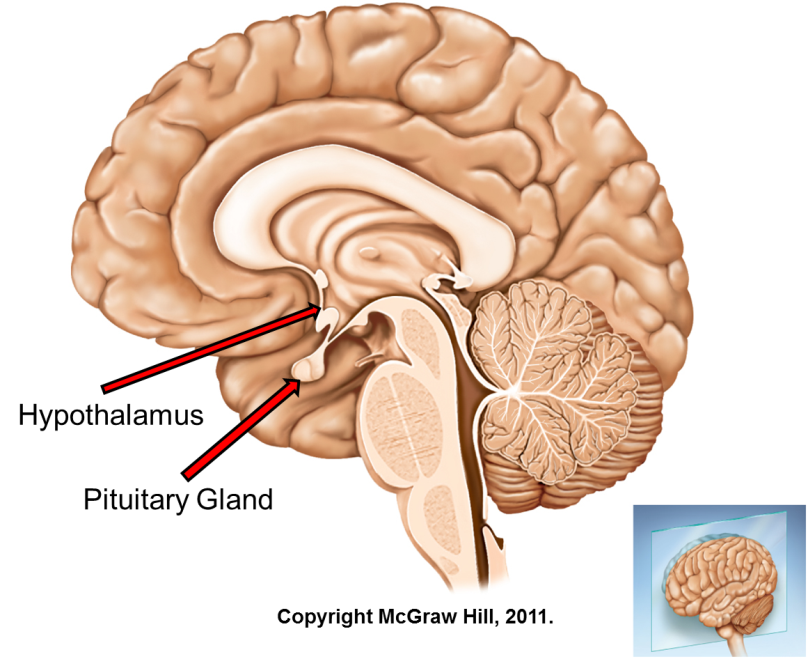Homeostasis: Can Live With It, Can’t Live Without It
Jim Jimmy has an average resting heart rate of 60 beats per minute (bpm) and an average heart rate of 140 bpm when jogging. His resting and exercising heart rates are different because his body’s demand for oxygen changes when exercising. If his heart rate remained at 60 bpm when exercising, his muscles would not receive enough oxygen to function. In other words, his increase in heart rate during exercise is necessary for physiological processes to work, which is called homeostasis. Homeostasis is not a static process – i.e., that the body must maintain a constant internal temperature of 37 degrees Celsius (98.6 degrees Fahrenheit). If our physiology were fixed, our heart and respiratory rates would remain constant, even during exercise. In reality, our internal and external environments are in constant flux, so the body is always adjusting set points to maintain homeostasis. Let’s look at Jim Jimmy’s example again.

Disease can affect multiple homeostatic mechanisms, which prevents your body from establishing the proper set points, resulting in homeostatic imbalance (illness). Once you are well, homeostasis resumes. If a homeostatic set point does not return to normal, then this is a chronic disease (i.e., Type 1 diabetes). Death is the complete loss of homeostasis and the cover art of most Slayer albums.
Negative and Positive Feedback
Negative feedback loops are the primary mechanisms the body uses to maintain homeostasis. The hormones insulin and glucagon help keep blood sugar at homeostasis. When you are hyperglycemic (high blood sugar), insulin secretion increases resulting in decreasing blood sugar. When you are hypoglycemic (low blood sugar), glucagon secretion surges, increasing blood sugar. The opposite effects of insulin and glucagon ensure that your blood sugar remains at a homeostatic level.
When negative feedback faults, homeostasis is lost. For example, a type 1 diabetic’s immune system destroys the cells that make insulin. Without insulin, sugar remains in the blood (hyperglycemia), and the cells begin to stave (hypoglycemia). If a person with diabetes does not receive insulin injection, the starving cells will die, resulting in organ failure and death.
Positive feedback loops are activated when the body needs more of something compared to normal homeostatic levels. For the first nine months of pregnancy, the placenta releases the hormone progesterone, which prevents the uterus from contracting. When a woman goes into labor, progesterone levels drop, and oxytocin (hormone) levels surge. The surge in oxytocin stimulates labor contractions, and the increase in labor contractions will accelerate the rate of oxytocin secretion. Labor contractions and oxytocin levels will continue to rise until the birth of the child.

The Hypothalamus and the Pituitary Gland
The hypothalamus is a region in the brain that controls the body’s primary homeostatic and behavioral functions. Body temperature, master hormones production and secretion, emotional response, sleep-wake cycle, water balance, hunger, thirst, libido, muscle mass, mammary gland development, labor, menstruation, metabolism, and reproduction are primarily under the control of the hypothalamus. If there is a hormonal response in the body, then the hypothalamus is most likely involved.
The pituitary gland is under the hypothalamus’s control, and it stores the eight master hormones that target most of the body’s endocrine glands. (There are nine master hormones, but one is often not discussed.)

AP Bio and Physiology Prep
Here is a link to my physiology chapter on homeostasis.